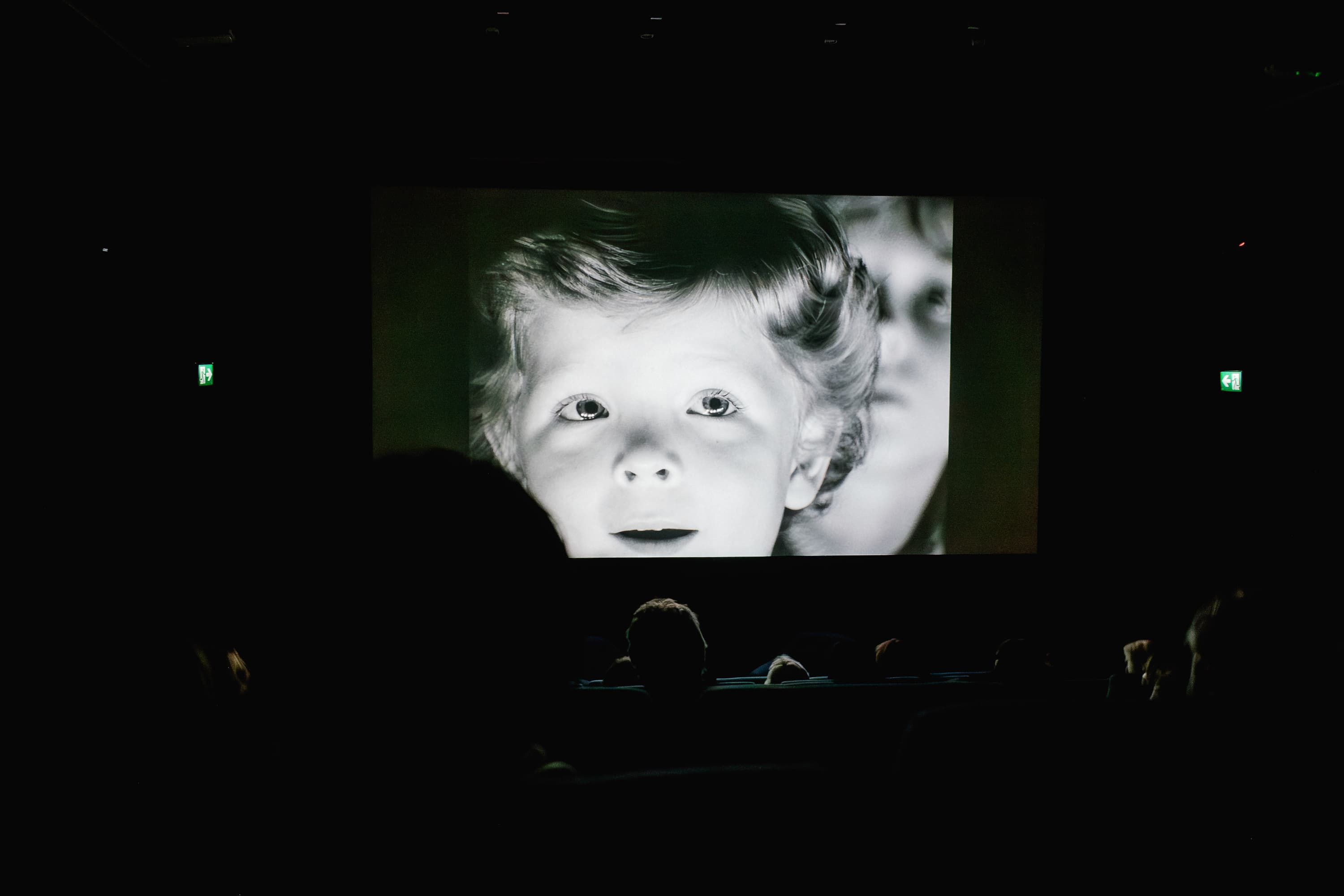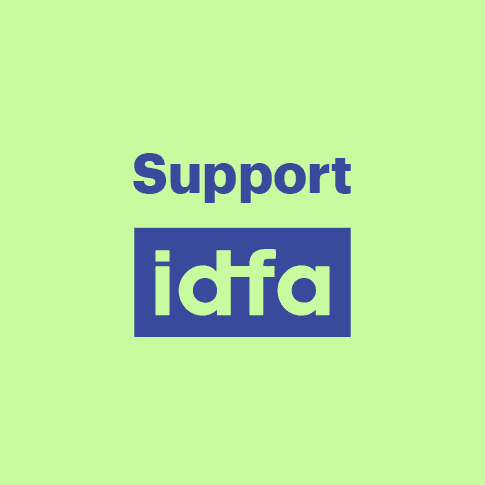
A peek behind the curtain of the film selection process
Every year in March, one of the most tantamount processes of the festival begins: for three months, filmmakers and artists from all over the world enter their work, which is then reviewed and evaluated by a team of IDFA programmers and external advisors. The selected films and projects ultimately become part of that year's program. It's a process that enjoys little visibility for the average festival visitor.
Every year in March, one of the most tantamount processes of the festival begins: for three months, filmmakers and artists from all over the world enter their work, which is then reviewed and evaluated by a team of IDFA programmers and external advisors. The selected films and projects ultimately become part of that year's program. It's a process that enjoys little visibility for the average festival visitor.
Each year, approximately 4000 creators submit their work, a staggering number, especially considering that the final selection consists of around three hundred films and projects. A significant portion of this selection is taken up by older documentaries for focus programs and the Top 10, curated by the festival's guest of honour. Consequently, there is limited space for new films. How is such a selection made?
"It can be overwhelming to consider that you are the first programmer to watch a film, and that your opinion can have a serious impact on its journey," says programmer Maria Campaña Ramia. "This process should be defined by respect, as if you were to climb a technically challenging mountain, not with fear as to paralyse you, but with enough curiosity and sense of humility to discover something new in every step of the process."
"As a festival, we are indeed a link in the life of a film," adds Joost Daamen, Head of Programming at IDFA. "We are an international platform in service to filmmakers, providing space for the entire spectrum of non-fiction film."
To ensure this, the core team of programmers collaborates closely with a group of guest curators and external advisors, who offer their expertise and perspectives from various backgrounds and nationalities. These include team members from Brazil, Sudan, South Africa, Taiwan, Indonesia, and Ecuador. Each programmer has their own group of advisors who distribute and discuss films among themselves. The selected films are then brought to the final selection meeting, overseen by Artistic Director Orwa Nyrabia, who guides the artistic direction and oversees the entire selection process.
Campaña Ramia: "Since I know the individual strengths and preferences of my advisors, I sometimes ask a specific colleague to view a particular film. Otherwise, I distribute them fairly, aiming to maintain a balance between subjects, approaches, and lengths."
Daamen: "Three to four thousand films may sound like a lot, and it is. It is a meticulous and intensive process to narrow down all those titles to the final selection that will be featured in the various program sections."
Together with Sarah Dawson and Laura van Halsema, the two programmers collaboratively work on selections for the International Competition, Envision Competition, Luminous, and Frontlight. For these sections, they each work with their own team of program advisors to compile a shortlist of films.
For short films, programmer Jasper Hokken collaborates with his own team of program advisors to make selections for the IDFA Competition for Short Documentaries. Hokken also selects short films for the sections Best of Fests, Signed, Luminous, and Frontlight. Daamen is responsible for selecting films for the Paradocs section, supported by the programmers and program advisors from the other sections. The selection of titles for IDFA on Stage is a joint effort of programmer Jasper Hokken and the DocLab team, which specialises in new media projects. All programmers are involved in selecting films for the program sections Best of Fests and Signed, which together constitute the largest part of the festival selection.
Form and content
"Tastes naturally vary, as do those among the programmers," Daamen explains. "That's why it's crucial to engage in dialogue and be able to justify your choices." "The foundation is quite simple: the film must be distinctive in both form and content – which doesn't necessarily mean it has to be innovative or experimental. A carefully crafted classic observational film can also capture your attention. A question you always ask while watching is: does the form support the content? Editing, cinematography, sound design – they all contribute to that. The more films you see, the more sensitivity you develop for it."
Campaña Ramia adds: "For me, what makes a film an unforgettable journey is not the subject matter nor how the events unfold — however relevant, urgent or captivating they may be. What grows in me is how the author reveals a story that is pressing, urging it to be told. It can be something intimate; it can be the most universal issue: personal and political involvement is crucial for me. In fact, they are the same."
To best understand the role of a programmer or curator, Campaña Ramia refers to the Latin word 'curare.' In ancient Rome, the 'curators' were officials or higher-ranking politicians who oversaw aqueducts, buildings, public spaces, and even sewers. "Returning to the origin of this word can help us reconnect with the essence of our profession: selecting films means caring for and safeguarding them. To do that, you have to believe in the filmmakers."
In conclusion: "I try to assess it as an individual piece solely by its merits and singularities, trying not to compare it with other submissions, focusing in what the film is and not what I might expect from it. Just as some films are a great fit for a specific section, and you can tell that as soon as you watch them, others come into view like the missing piece for a puzzle later in the process during the final weeks when we close the program."
So, it's a delicate puzzle indeed, but a very enjoyable one. Daamen says: "I've been doing this work for many years now. Embarking on the process each time with a curious, open-minded perspective, and being surprised again; that's what makes this work so special."
